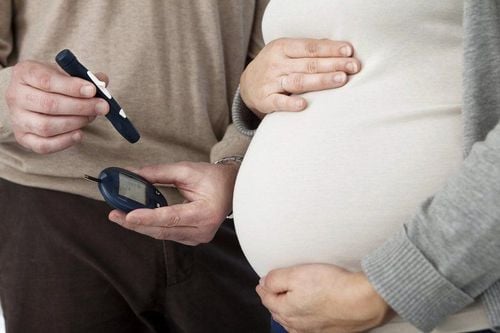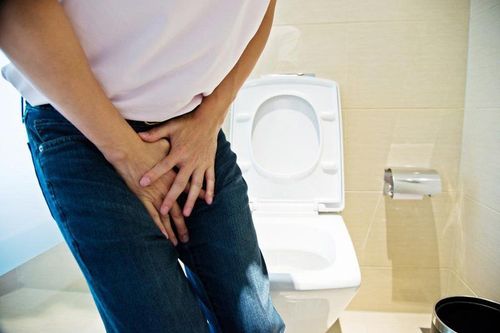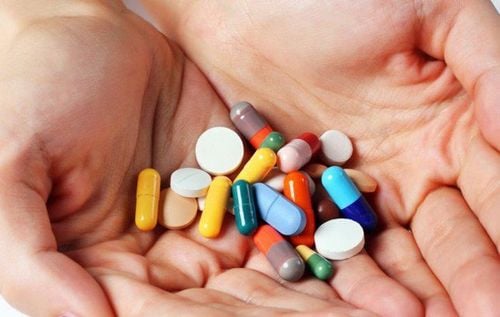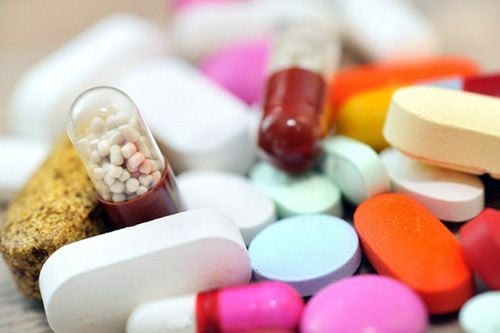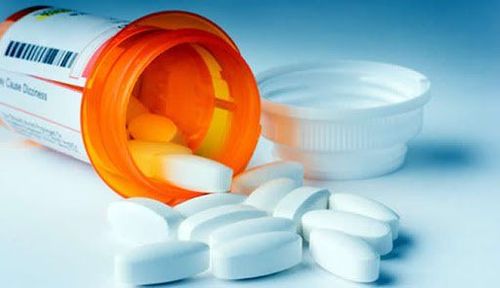This is an automatically translated article.
This article is expertly consulted by a Doctor Urologist - Department of General Surgery & Anesthesia - Vinmec Hai Phong International General Hospital.
Diabetes insipidus is a disease of the endocrine system that is not common in the community. Patients with outstanding symptoms are urinating many times and in large quantities, so they must drink a lot of water. These symptoms affect the patient's life and sometimes lead to dangerous complications if not detected early and corrected in time.
1. What is diabetes insipidus?
Diabetes insipidus is a relatively uncommon disorder of the endocrine system. The main manifestation of the disease is causing an imbalance of fluids in the body. This imbalance causes you to lose water through urination a lot and often feel thirsty even if you drink water continuously. In general, diabetes insipidus will make life difficult for patients, reducing quality of life.
Although the terms "diabetes insipidus" and "diabetes mellitus" sound similar, they are completely unrelated. In addition, while diabetes has many drugs to treat, including using hormone replacement insulin, diabetes insipidus so far has no cure.
2. What is the cause of diabetes insipidus?
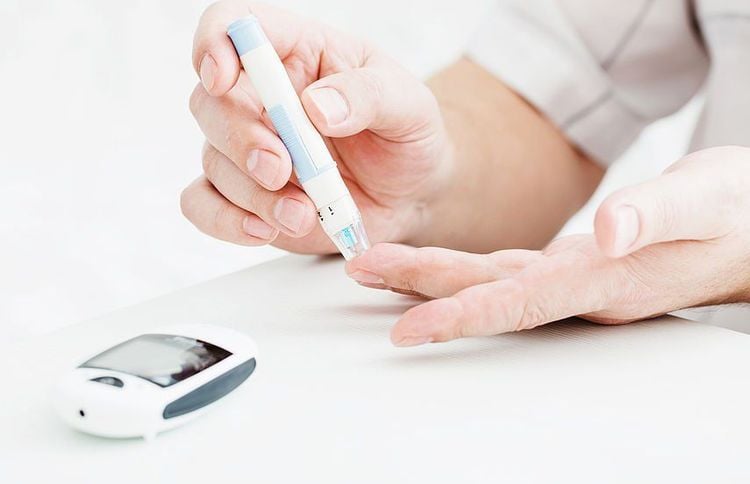
In the body, the kidneys are responsible for filtering the blood to remove excess water and waste products from metabolism. All fluid filtered through the kidneys will be stored in the bladder before there is active expulsion by the act of urination. The average adult drinks about 2 liters of water per day and the urine volume is 1 to 1.5 liters. The rest is excreted through sweat, breathing or when you have diarrhea.
For the kidneys to work properly is thanks to a hormone called antidiuretic hormone (ADH), or vasopressin, which helps control how fast or slow the excretion of fluid is. ADH is made in the brain, which is the hypothalamus, and is stored in the pituitary gland, a small gland located at the base of the brain. When you feel thirsty, signaling the body is lacking water, the amount of ADH will increase in the body, preventing the body from excreting urine. Conversely, when ADH levels are low, you will have to urinate more often.
When you have diabetes insipidus, your body cannot keep the balance of body fluids. Causes vary depending on the type of diabetes insipidus you have:
Centralized diabetes insipidus: Damage to the pituitary gland or hypothalamus from surgery, tumors, head trauma, or disease can cause central diabetes insipidus. The mechanism is by affecting the production, storage, and release of ADH. On the other hand, genetic diseases in the synthesis of hormones of the endocrine brain region can also cause this condition. Renal diabetes insipidus: When the body excretes too much water, but the amount of ADH is still excreted by the brain normally, the next defect should be thought of in the renal tubules – structures in the kidney that support the kidney. reabsorption of salt and water, preventing the body from losing too much water. It is damage to the renal tubules that will make it impossible to respond properly to ADH. Drug-induced diabetes insipidus: Certain drugs, such as lithium or an antiviral drug such as foscarnet (Foscavir), can also cause diabetes insipidus by damaging the kidneys. Gestational diabetes insipidus: Gestational diabetes insipidus is relatively rare. This disease occurs only during pregnancy with the mechanism by which an enzyme secreted by the placenta destroys ADH in the mother's body. Primary diabetes insipidus: Manifested when the patient drinks too much water, the obvious consequence is the excretion of a large amount of urine with poor concentration. The underlying cause is due to disturbances in the thirst regulation mechanism in the hypothalamus. In rare cases, the condition may also be associated with neuropsychiatric conditions, such as schizophrenia, in which the person loses consciousness during his or her activities. Also, sometimes diabetes insipidus has no obvious cause. There are a few observational studies that suggest this disorder may also be the result of autoimmune reactions that cause the immune system to "mistakenly" attack the cells that make vasopressin. More evidence is now needed to strengthen this group of causes.
3. Risk factors for diabetes insipidus
Diabetes insipidus, if kidney-related causes present at birth, is associated with genetic abnormalities. Accordingly, a child who has an immediate relative with diabetes insipidus is more likely to develop this disease. Common subjects are men while women can carry recessive genes and can pass the gene to their children.

4. What are the symptoms of diabetes insipidus?
Signs and symptoms of diabetes insipidus include:
Extreme thirst Excreting large amounts of dilute urine Frequently having to get up to urinate during the night Sometimes uncontrolled urges to urinate Frequent infection recurrent urinary tract infections Tends to prefer cold drinks. Infants or children with diabetes insipidus will show signs of heavy and wet diaper changes throughout the day, bedwetting, trouble sleeping, and frequent crying. In addition, if the child has a slow growth rate or unexplained weight loss, it is necessary to be screened for diabetes insipidus.
If diabetes insipidus persists without proper intervention, the disease can lead to a number of dangerous complications. Some patients have severe diabetes insipidus with urine output up to 20 liters per day, requiring them to drink plenty of fluids. If there is not enough water supply, the patient has manifestations of dehydration such as thirst, dry mouth, changes in skin elasticity, fatigue, weakness and the risk of death due to dehydration.
Besides, diabetes insipidus can also cause electrolyte imbalance with dehydration. Important electrolytes such as sodium and potassium are severely deficient which can cause muscle weakness, cramps, muscle spasms, nausea-vomiting, loss of appetite or dangerous forms of cardiac arrhythmias, which can lead to to sudden death.
In summary, diabetes insipidus is a rare disease. However, when infected, there will be quite aggressive symptoms, each person needs knowledge to recognize the disease early. Although the treatment is still limited, if you know how to ensure the water and electrolyte balance, the patient can still avoid dangerous complications and lead an almost normal life.
Please dial HOTLINE for more information or register for an appointment HERE. Download MyVinmec app to make appointments faster and to manage your bookings easily.




